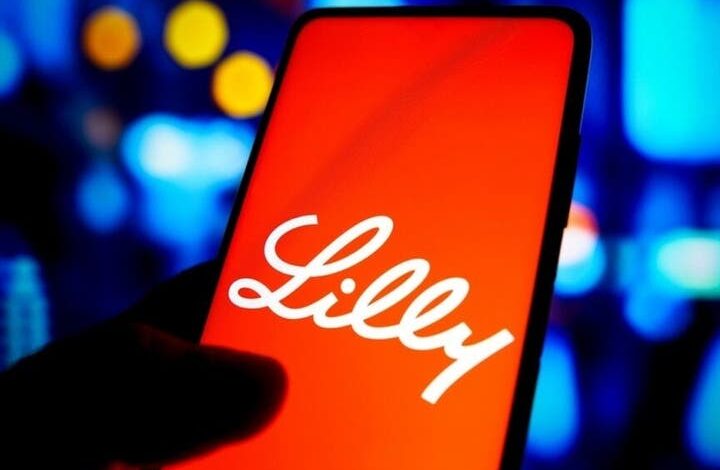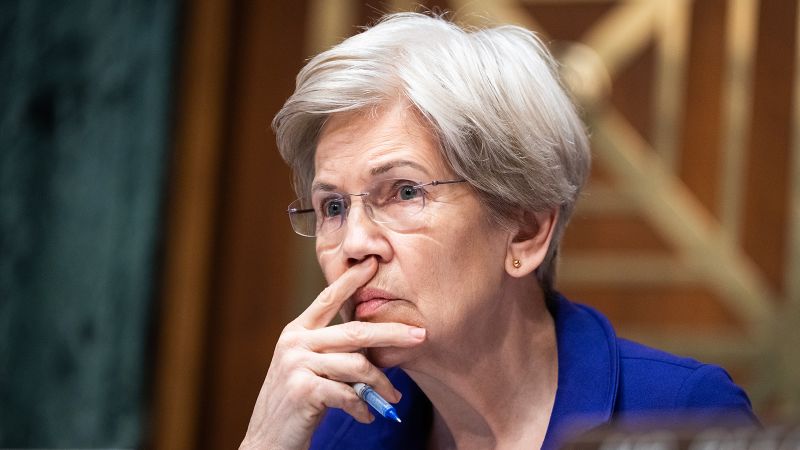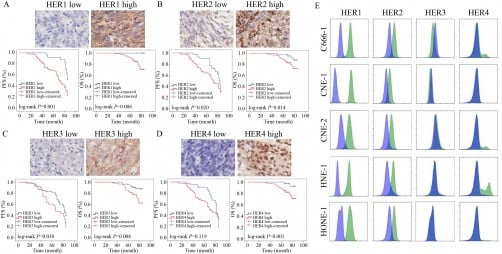Eli Lilly Reports Strong Q2 2025 Earnings with Key Milestones

Eli Lilly Co. announced robust financial results for the second quarter of 2025, revealing a remarkable 38% revenue growth compared to the same period last year. The company’s earnings call, held on Thursday, highlighted significant advancements in their product pipeline and strategic initiatives aimed at addressing global health challenges, particularly obesity.
During the call, Dave Ricks, Chair and CEO of Eli Lilly, emphasized the success of their key products, including Mounjaro and Zepbound. The company reported that in the ATTAIN 1 trial, patients using the highest dose of orforglipron experienced an average weight loss of more than 27 pounds, translating to 12.4% of body weight. The study also showcased improvements in metabolic health markers, reinforcing the potential of orforglipron as a groundbreaking treatment for obesity.
Financial Highlights and Strategic Growth
Eli Lilly’s financial performance in Q2 was notably strong, with revenues reaching approximately $11.8 billion. The company’s gross margin increased to 85%, driven by improved production costs and a favorable product mix. Marketing and administrative expenses rose by 30% as the company ramped up investments in its newest products.
Ricks shared that the company distributed $1.3 billion in dividends and executed approximately $700 million in share repurchases during the quarter. He noted that the upward trend in revenues led to an increase in the company’s earnings per share, now at $6.31, a significant rise from $3.92 in Q2 2024.
In addition to solid financial metrics, Eli Lilly achieved several key milestones in its product development. The company received FDA approval for a new dosing schedule for Kisandla and announced positive results from the SURPASS CVOT Phase 3 trial for tirzepatide, which demonstrated cardiovascular protection in patients with type 2 diabetes.
Addressing Drug Pricing and Patient Access
During the earnings call, Ricks addressed ongoing discussions surrounding drug pricing reform. He acknowledged the need for equitable sharing of medical research costs across developed nations. However, he also highlighted significant issues within the US pharmaceutical market that contribute to rising costs for consumers.
Eli Lilly has taken proactive measures to reduce patient costs for its medications. The company operates a direct-to-consumer model, Lilly Direct, which provides access to medicines at a discount of over 50% off list prices for its leading weight-loss medications. The company has also reduced insulin list prices by 70% to improve access for patients, particularly those on Medicare.
As Eli Lilly continues to navigate the complex landscape of drug pricing and access, Ricks expressed a commitment to collaborating with the administration to ensure that patient needs are met while fostering innovation in drug development.
The earnings call concluded with Ricks and other executives expressing optimism about the company’s future growth and the anticipated launch of several new therapies aimed at addressing chronic health issues both in the US and globally. Eli Lilly remains focused on executing its strategic agenda while investing in the next wave of medicines that have the potential to transform patient care.






